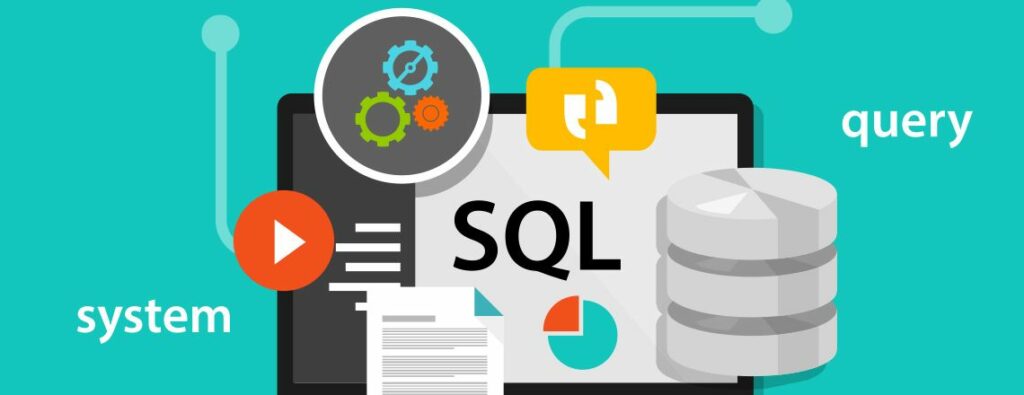
Free eBooks for Beginners
SQL or Structured Query Language is a computer language used to manage and manipulate databases. It is the standard language for managing relational databases, which store and organize data in tables. SQL is widely used by data analysts and business intelligence professionals to extract, process, and analyze data from databases. In this article, we will look at SQL functions, which are a set of predefined operations used to manipulate data in a database.
SQL functions can be used to perform a variety of tasks, such as calculating mathematical operations, converting data, or manipulating strings. There are two main types of SQL functions: scalar functions and aggregate functions.
Scalar functions are used to perform a calculation or manipulate a single value. For example, the UPPER function can be used to convert a string of text to uppercase, while the ROUND function can be used to round a number to a specified number of decimal places.
Aggregate functions, on the other hand, are used to perform calculations on multiple values. For example, the SUM function can be used to calculate the sum of all values in a column, while the AVG function can be used to calculate the average value. Other aggregate functions include MIN, MAX, and COUNT.
When using SQL functions, it is important to understand the syntax and the parameters required by each function. For example, the ROUND function requires two parameters: the number to be rounded and the number of decimal places. In SQL, the syntax for using a function is to write the function name followed by the parameters in parentheses.
In addition to the built-in functions, SQL also allows users to create their own custom functions. Custom functions can be used to perform complex calculations or manipulations that are not available through the built-in functions.
SQL functions are a powerful tool for data analysts and business intelligence professionals. They allow you to manipulate and analyze data in a variety of ways, and can be used to perform complex calculations and manipulations with just a few lines of code.
In conclusion, SQL functions are a fundamental aspect of SQL and an essential tool for data analysts and business intelligence professionals. Whether you are a beginner or an experienced user, understanding and using SQL functions can help you extract, process, and analyze data from databases with ease.
SQL for Beginners and Data Analyst – Chapter 44: Functions (Analytic)
Disclaimer: The information and code presented within this recipe/tutorial is only for educational and coaching purposes for beginners and developers. Anyone can practice and apply the recipe/tutorial presented here, but the reader is taking full responsibility for his/her actions. The author (content curator) of this recipe (code / program) has made every effort to ensure the accuracy of the information was correct at time of publication. The author (content curator) does not assume and hereby disclaims any liability to any party for any loss, damage, or disruption caused by errors or omissions, whether such errors or omissions result from accident, negligence, or any other cause. The information presented here could also be found in public knowledge domains.
